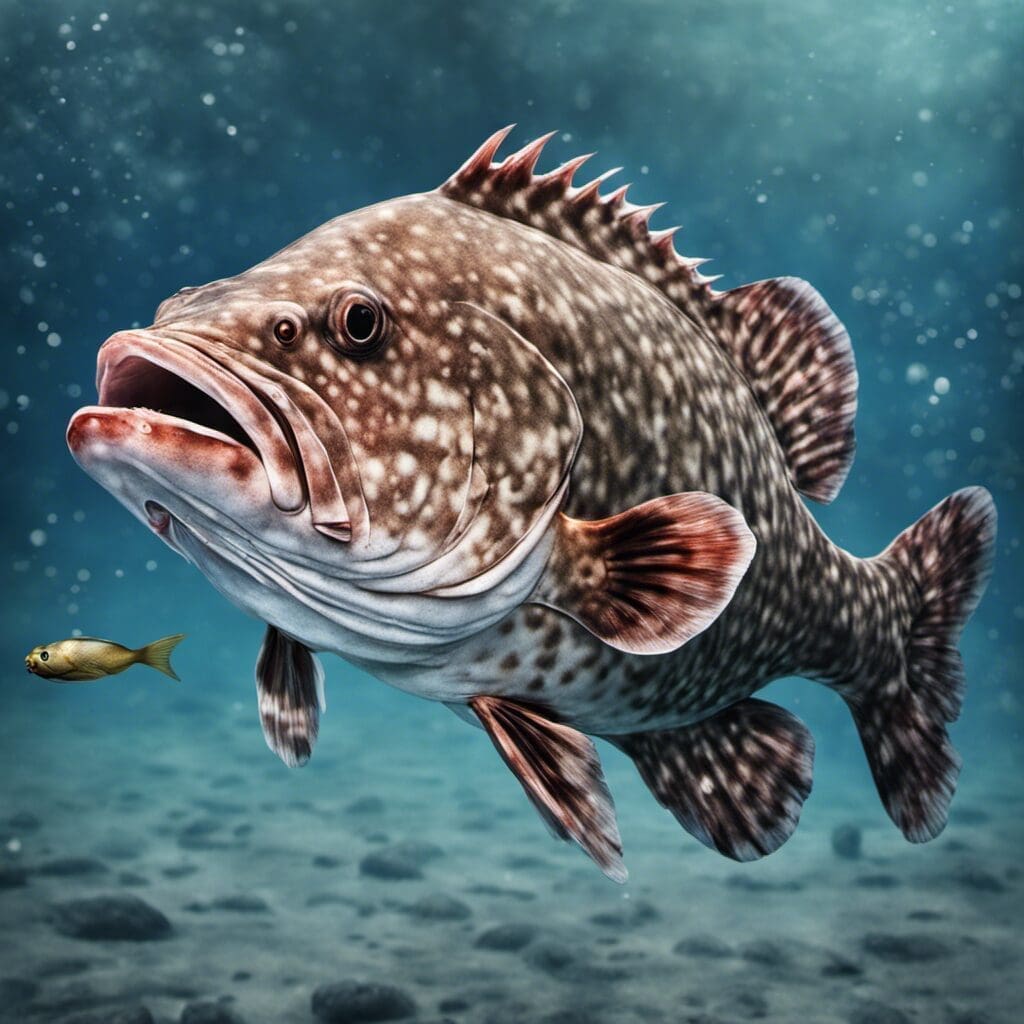Introduction
The Snowy Grouper, scientific name Epinephelus niveatus, is a member of the Serranidae family, a large family of fishes that include groupers and anthias.
Conservation Status
Currently, the Snowy Grouper is listed as “Vulnerable” by the International Union for Conservation of Nature (IUCN). Efforts to conserve Snowy Grouper populations often focus on implementing fishing regulations, including size and catch limits, to prevent overharvesting.
Statistics
| Average Length | Length Range | Average Weight | Weight Range | Average Lifespan |
|---|---|---|---|---|
| 70 cm | 60-80 cm | 10 kg | 5-15 kg | 15 years |
Distribution
The Snowy Grouper is usually found in the Western Atlantic Ocean, from Massachusetts to Brazil, including the Gulf of Mexico. It is not generally known to migrate.
Habitats
This species prefers marine or saltwater environments. Snowy Groupers are usually found at depths of between 60 and 1200 meters, and can tolerate a wide range of water temperatures.
When and Where to See
Snowy Groupers can be seen year-round, though they are most common in the warmer months. They tend to be more active during the day.
Best Fishing Locations
- Florida Keys, Florida
- Cape Hatteras, North Carolina
- Gulf of Mexico
- Brazilian coast
- Grand Banks, off Newfoundland
To find Snowy Groupers, look for rocky bottoms and coral reefs in deep water.
How to Catch
Preferred baits for Snowy Grouper include squid, small fish, and cut bait. Effective fishing techniques include bottom fishing, trolling, and spearfishing. The best times to fish for Snowy Groupers are in late spring and early summer.
Identification Guide
Snowy Groupers are generally dark brown or black with small white spots along their sides and back. They have broad, round tails and a characteristic grouper shape.
Culinary
Snowy Grouper is prized for its firm, white flesh and mild flavor. It can be grilled, baked, or fried and is commonly used in salads or as a main course. Nutritional information includes a high protein content, low fat, and rich source of vitamins.
Additional Information
Snowy Groupers are solitary hunters that prefer to feed on small fish, squid, and crustaceans. They are preyed upon by larger fish and sharks. There is no specific cultural or historical significance associated with this species.
References and Further Reading
For more information about Snowy Groupers, readers may wish to consult sources such as the FishBase database and NOAA’s fishery management plan for the species. Note that links to these resources are not provided as per the task instructions

